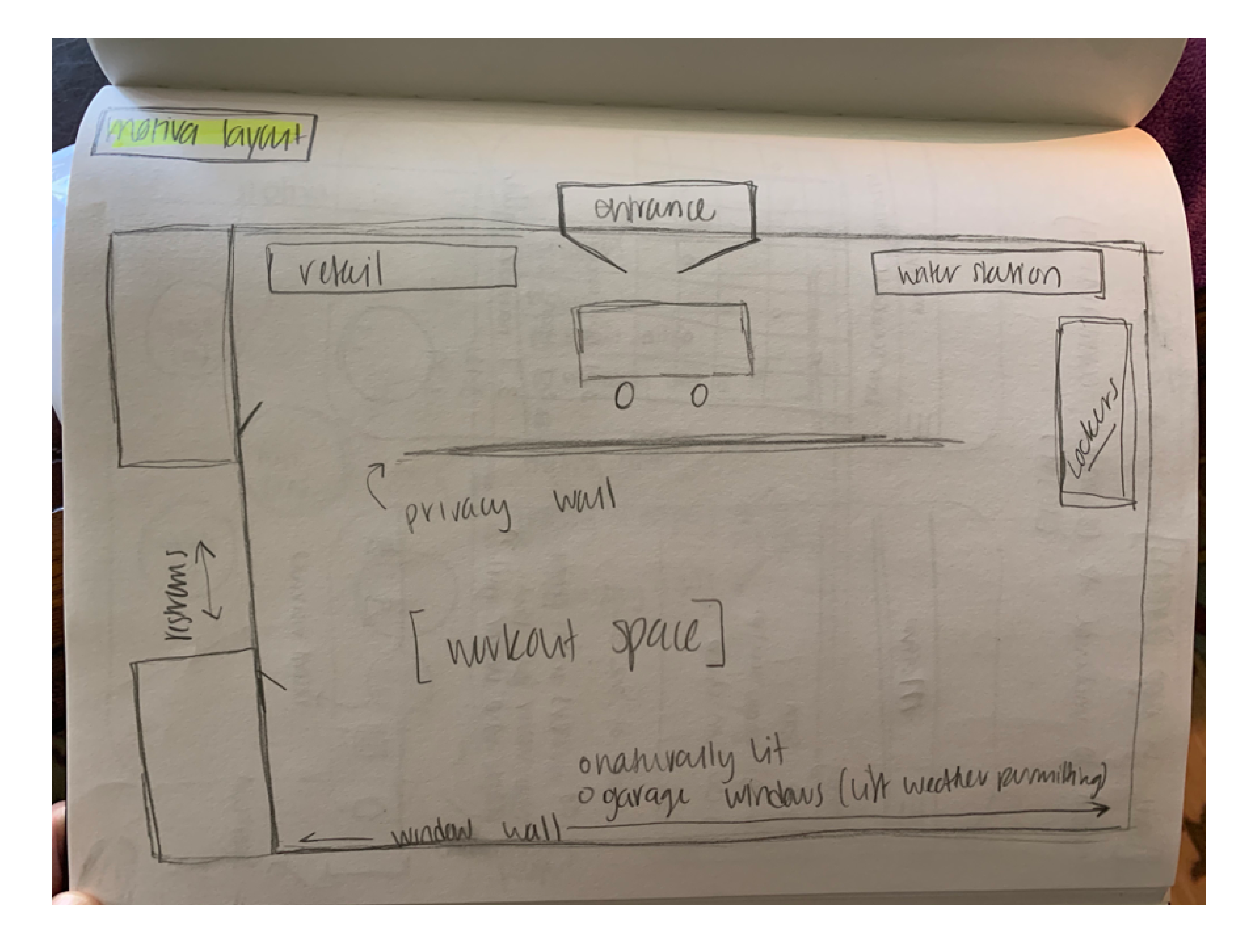

Motiva extends beyond just a digital app. Lo-Fi screens were developed to organize my ideas and get the design process started. The focus was to incorporate benefits for both the fitness instructor as well as the students. A unique space is also being developed to extend the experience beyond a digital space.


“Instructors need a streamlined system to track scheduling,
client communication, and payment while providing a
motivating and community based program to
keep clients accountable."
... creating a motivating workout environment to encourage
individuals to create consistent routines?
... build a better community around working out that keeps
individuals accountable to their goals?
... provide fitness instructors a streamlined system to
communicate all necessary details with their clients?
... provide a safe and clean environment allowing
individuals to workout and feel safe?

To begin, we have a mobile app UI to encourage individuals to
connect with communities of like minded individuals who push
each other to workout. The scheduling allows users flexible
options to find their fit.












Designing for both the client and the coach forced me to consider the needs of both parties. Each one wants something streamlined and easy to use but need to have all of their needs met. Coaches need the ability to communicate with all of their clients in a consistent fashion and clients need a sense of community to feel motivated to workout routinely. The emphasis on community and personalization was an interesting focal point when it came to the fitness industry. Initially I assumed clients would want something individualized, however, after research it became apparent that the community building was the essential element to a thriving solution to this problem.